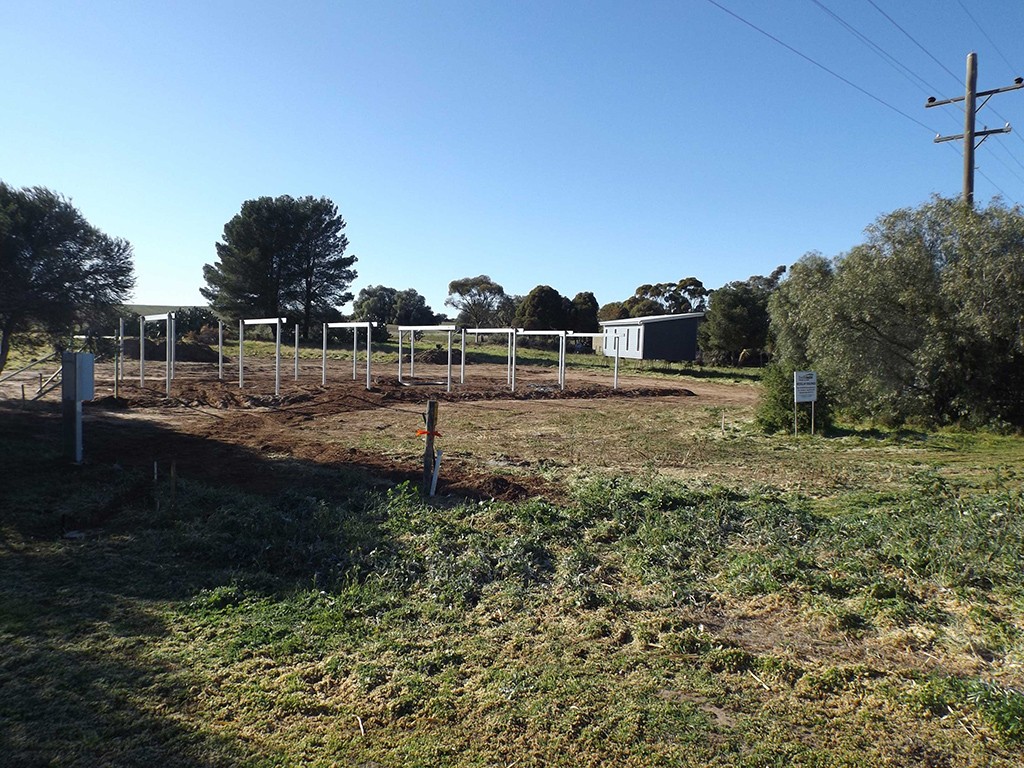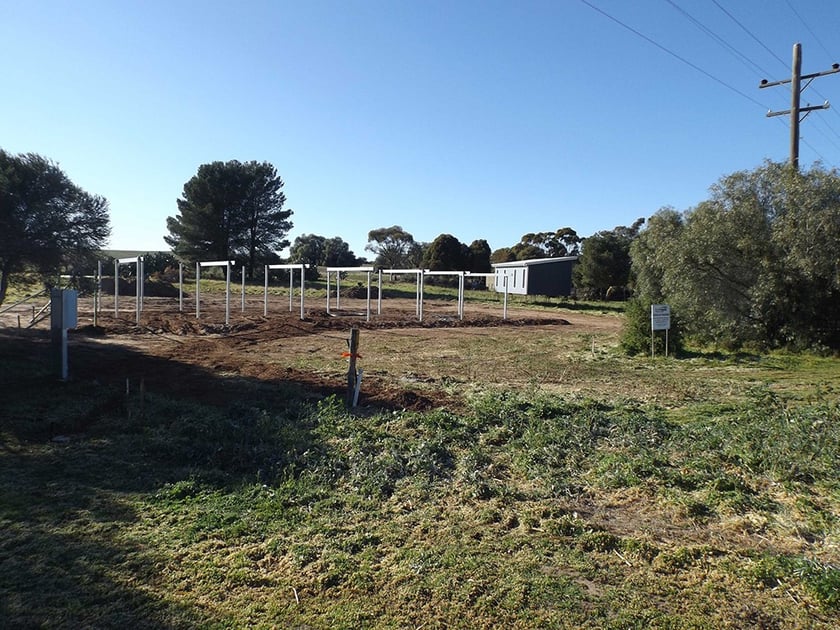
The type of soil in a construction site contributes to the stability of the building’s foundation and the building’s structure as a whole. Soil type, therefore, is a vital factor to consider when choosing a site for modular homes in Victoria.
GRANULAR SOIL
Granular soil includes soils with sand and gravel content. This type is generally suited for building or construction. Since granular soil is mostly sand and gravel, it does not have cohesive properties but can exhibit excellent strength once it is structurally confined or compacted. When properly compacted, granular soil can provide good support to a building’s foundation. To prevent shifting of the soil, it may be necessary to build a containment wall. In addition, particle size should be considered when building on granular soils. It is advised to consult a geological expert prior to the construction of a building. Based on the Australian Standard, a Class A site which is mostly sand and rocks is the most stable. Soil in these sites experience minimal to no ground movement even when the amount of moisture changes. Whether you’re looking into transportable homes or traditionally built ones, this soil type is a great option.
COHESIVE SOIL
This type of soil is comprised of clay and silt. Clay-based soils may change volume due to the amount of moisture in the soil. Clay is sometimes referred to as ‘reactive soil’ as it shrinks and swells in reaction to the soil’s changing moisture content. Cohesive soil should be properly assessed before construction and some alterations can be made to ensure structural integrity. In some cases, silt and clay are removed before the construction process begins.
Although this soil type is reactive, its clay content can effectively hold the soil mass together. Clay can be shaped and moulded. Cohesive soil has internal strength when it’s compressed and compacted, making it a suitable material for foundation given the right moisture conditions.
Based on the Australian Standard, 4 site classifications contain clay and silt and they may experience different amounts of ground movement due to moisture changes.
- Class S – Slightly reactive clay sites which may experience slight ground movement
- Class M – Moderately reactive clay sites which may experience moderate ground movement
- Class H – Highly reactive clay sites with high ground movement
- Class E – Extremely reactive sites with extreme ground movement
Are you looking into prefabricated homes? Contact us at Swanbuild to know your best options. As a leader in kit homes, we have a range of remarkable designs that can be customised to your lifestyle needs. Our expert builders also specialise in portable office buildings that are suited for various applications. Get in touch with us today!
Don't be confused! A lot of people refer to a modular home as a Kit home the main differences are out lined on our FAQ page.


